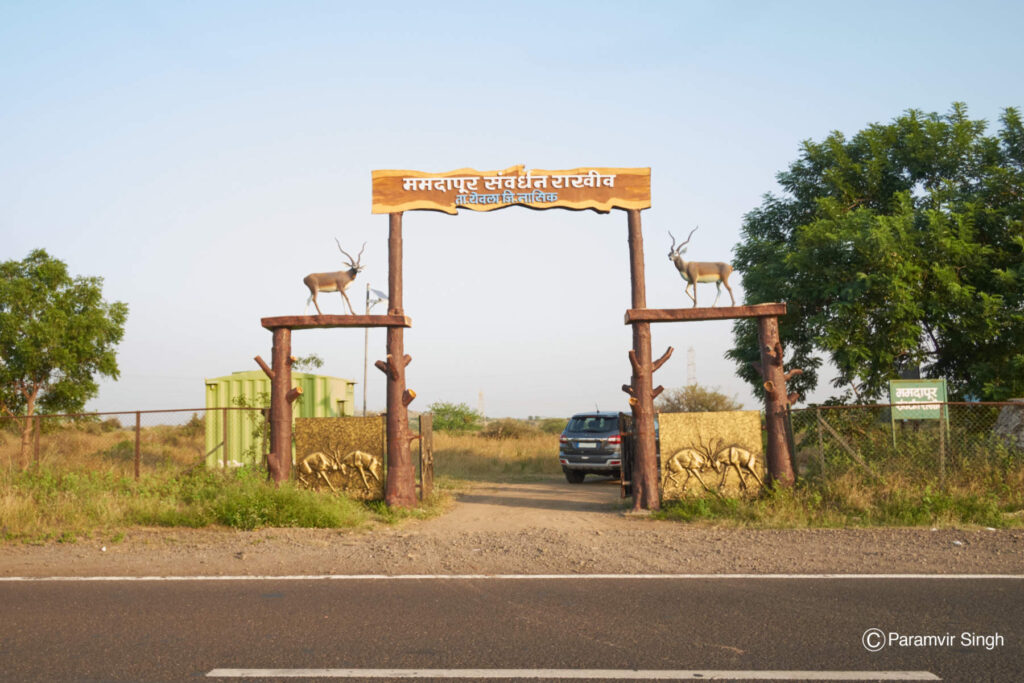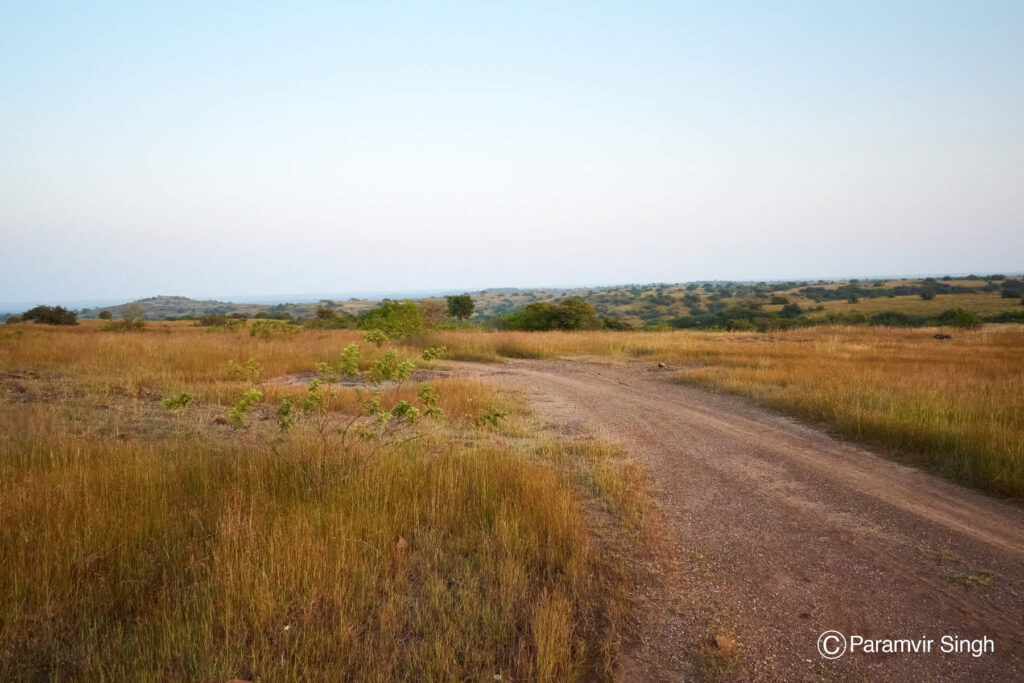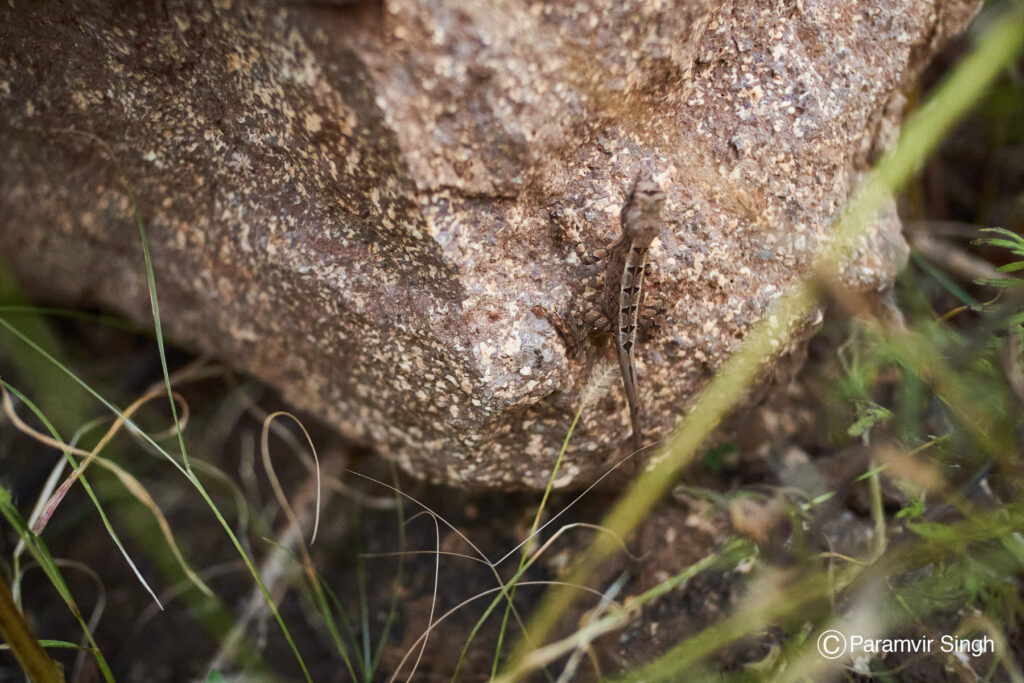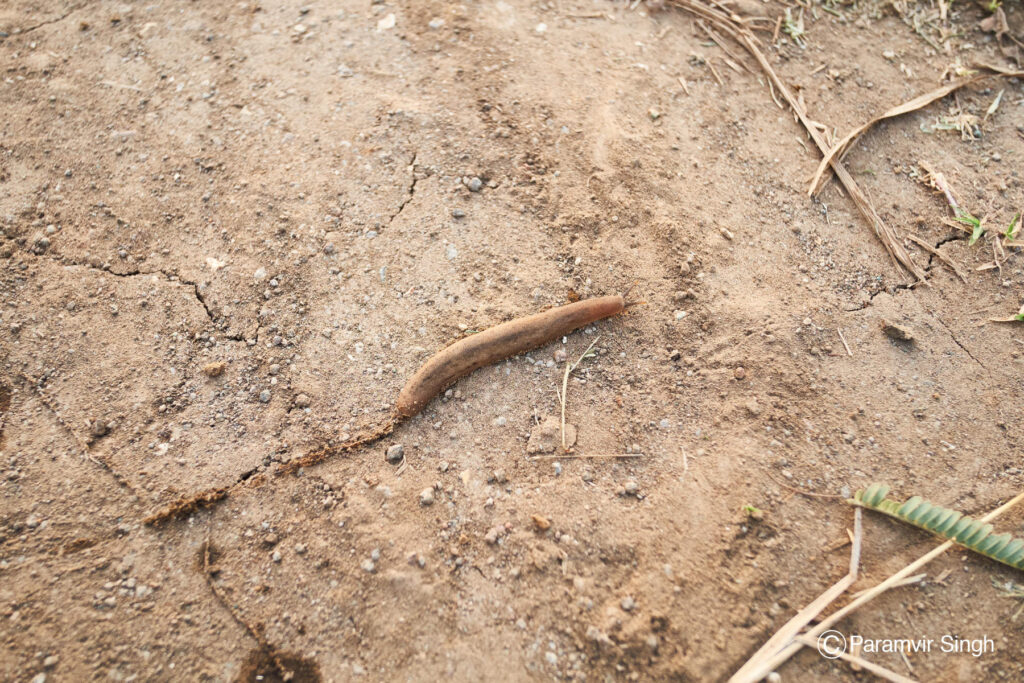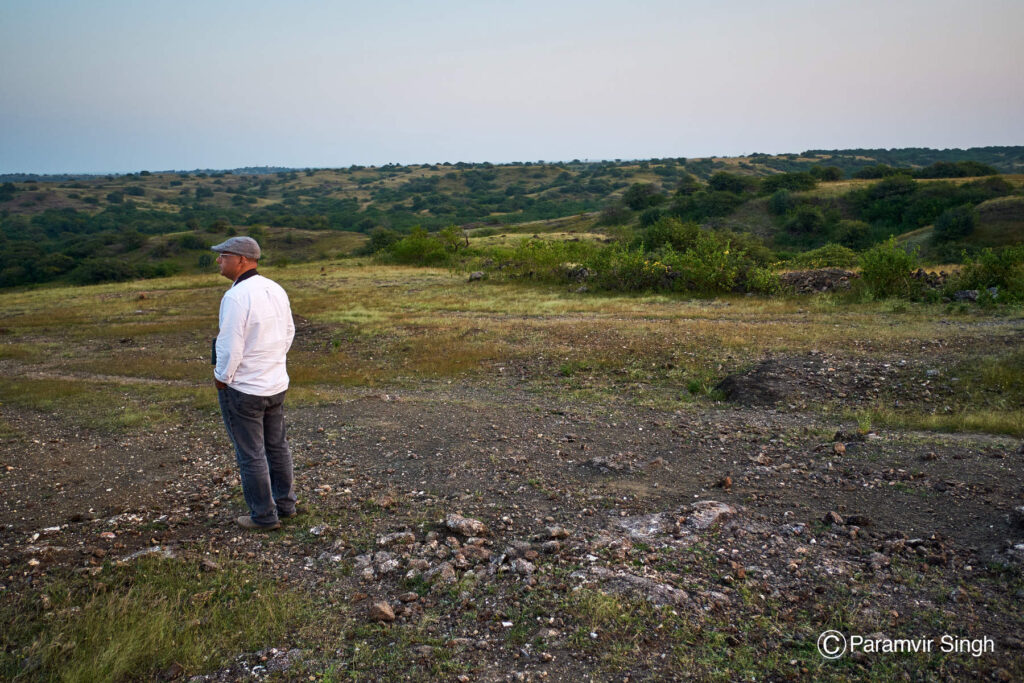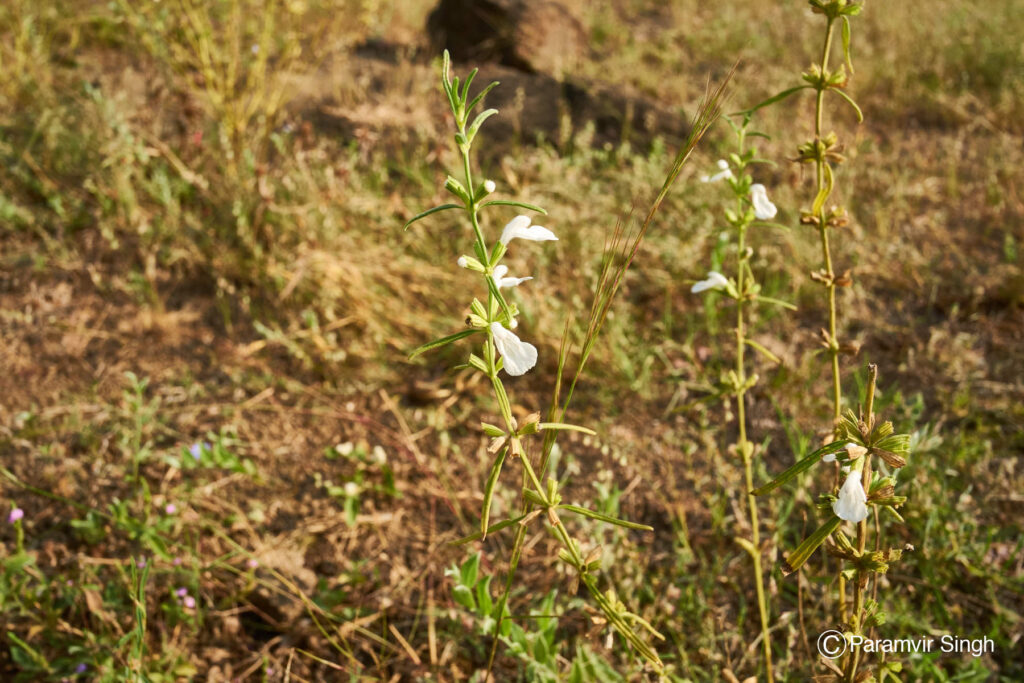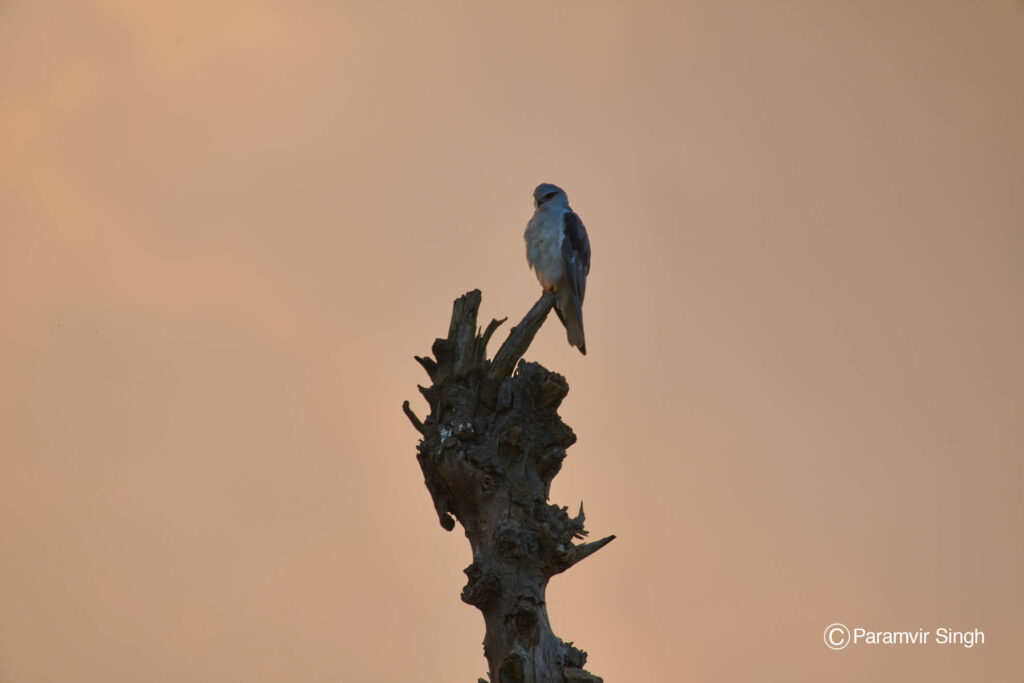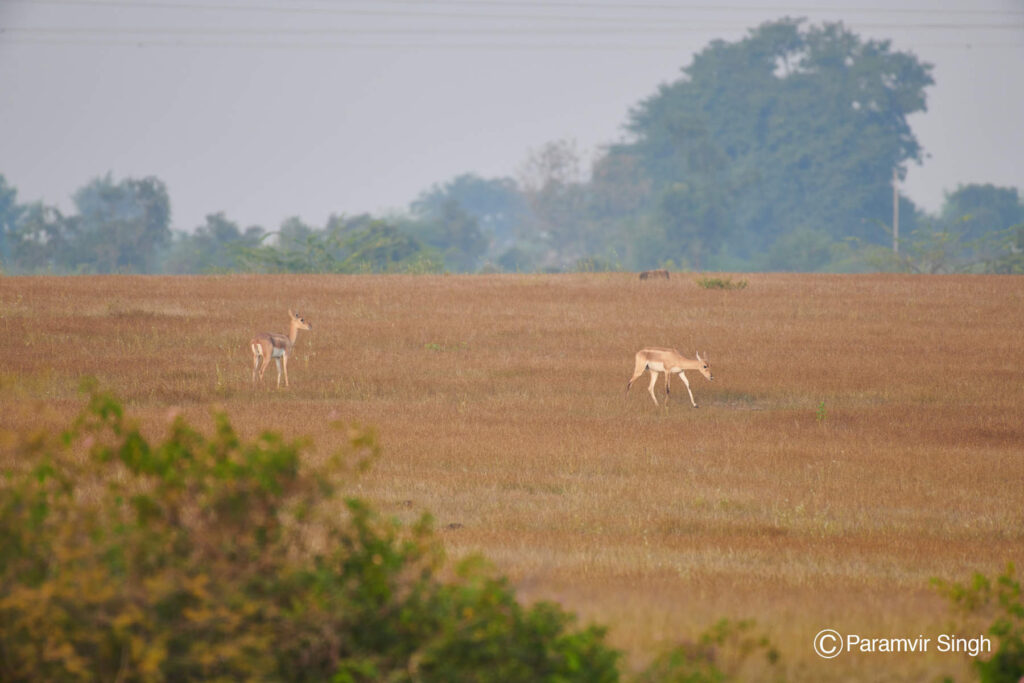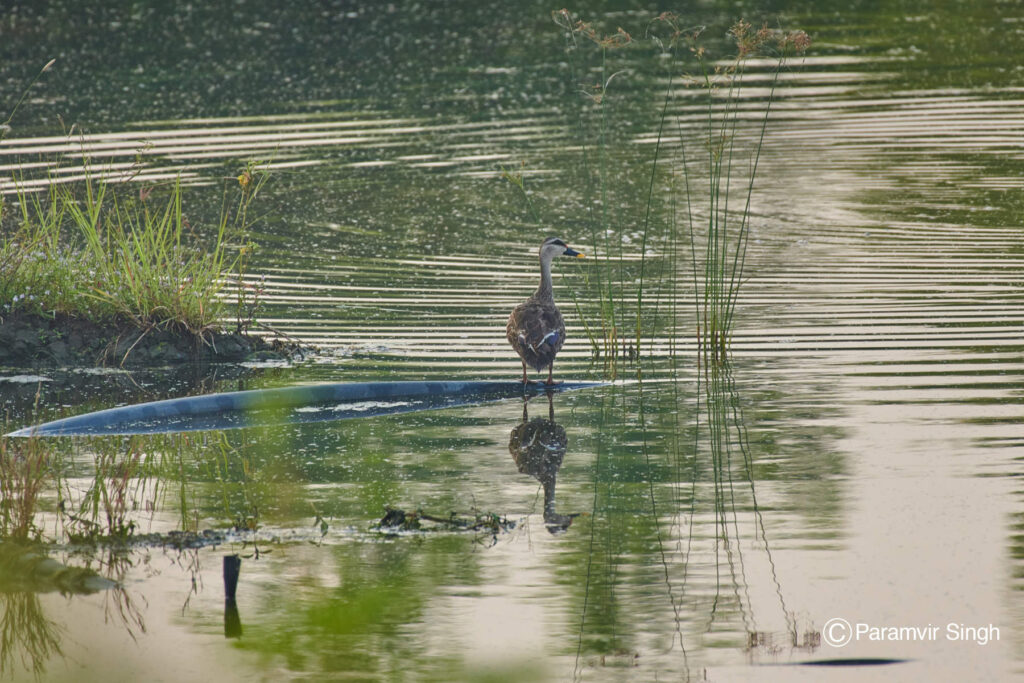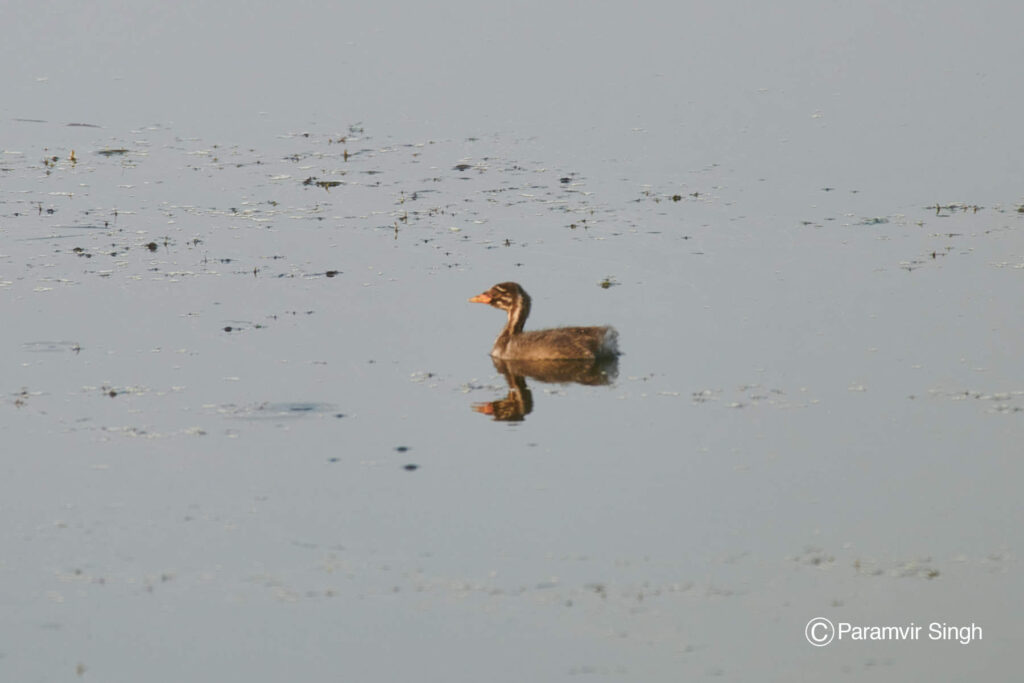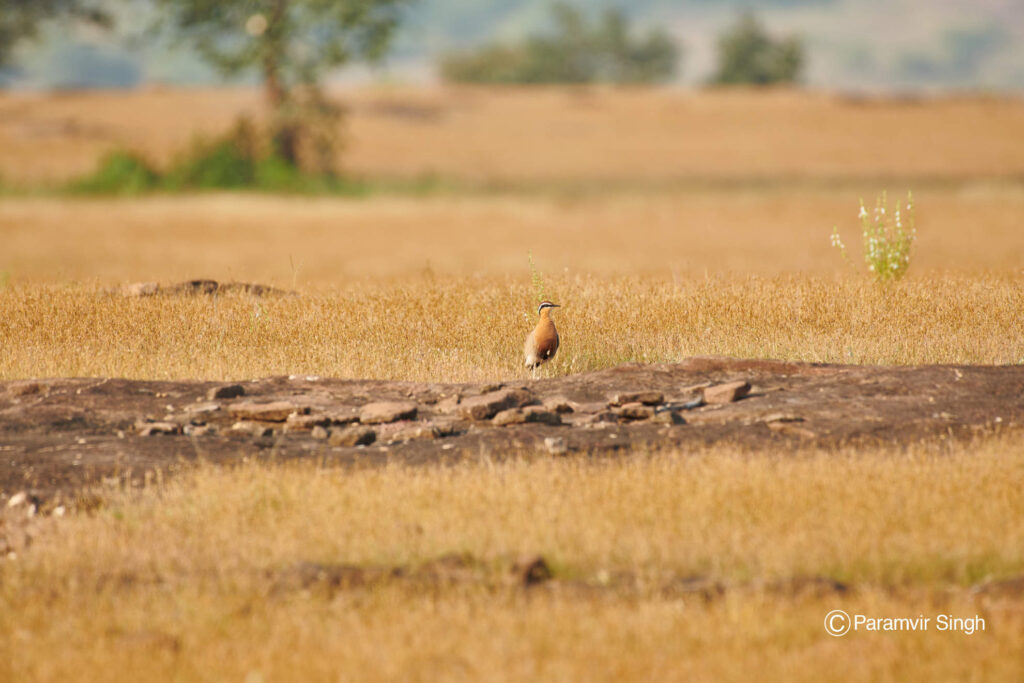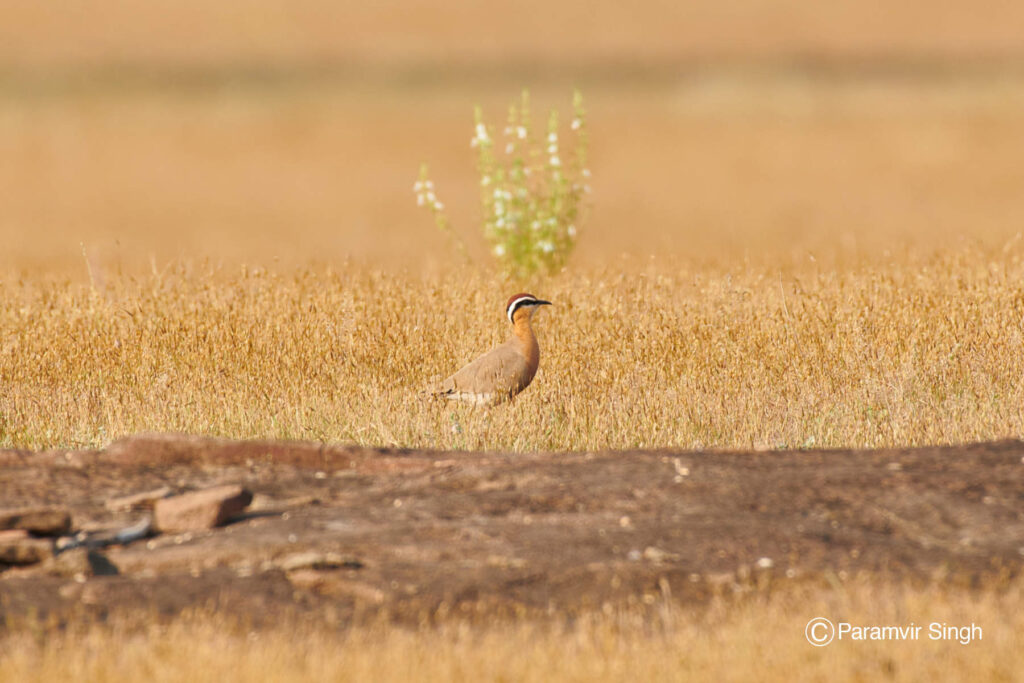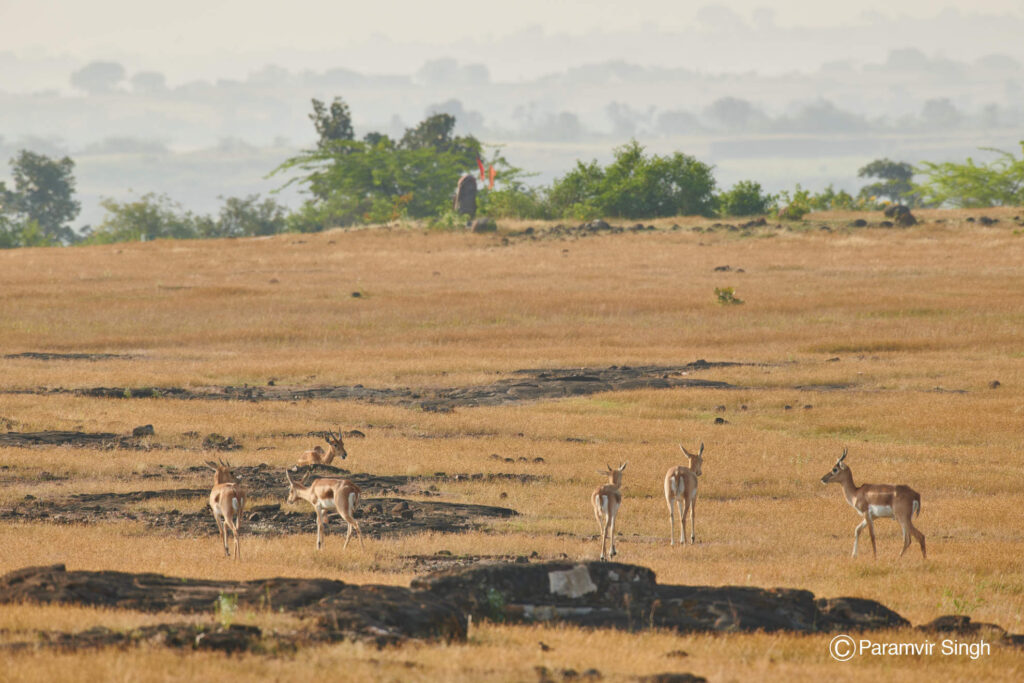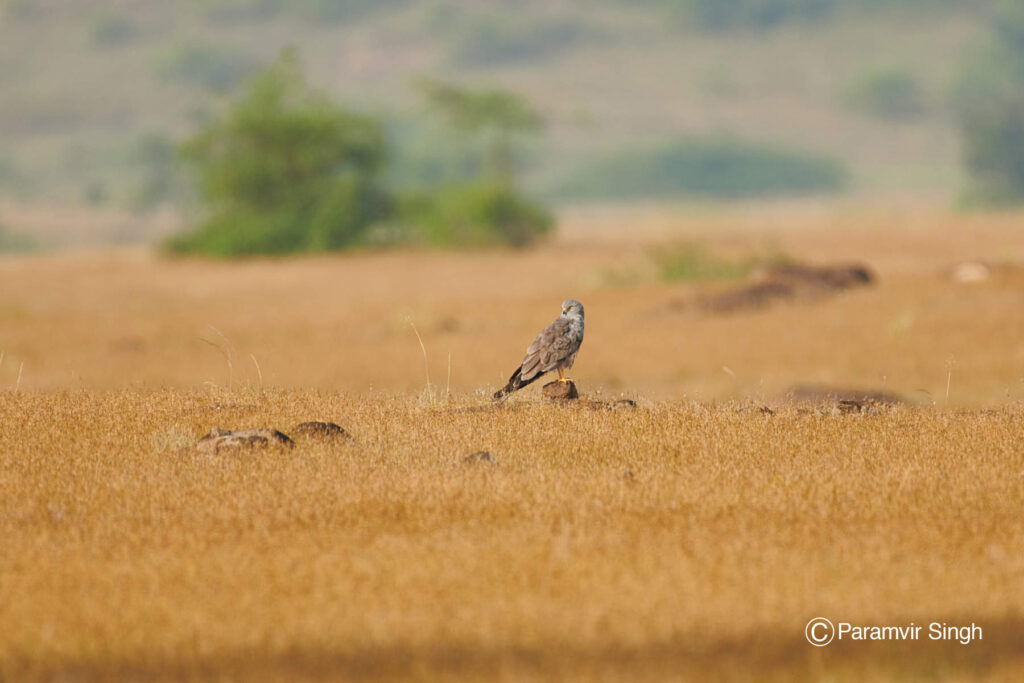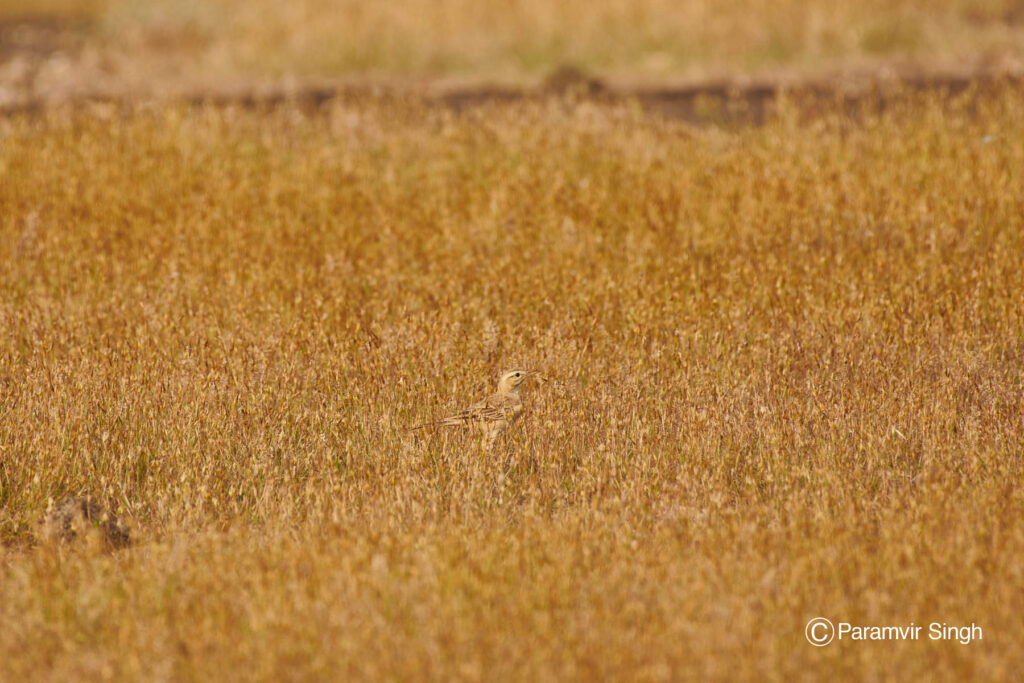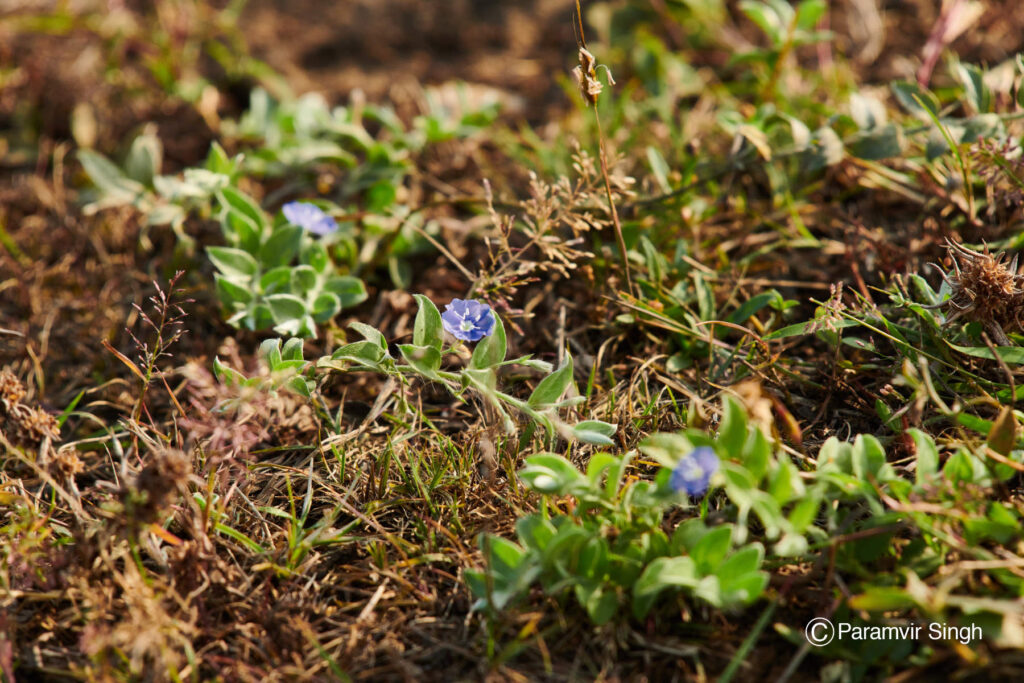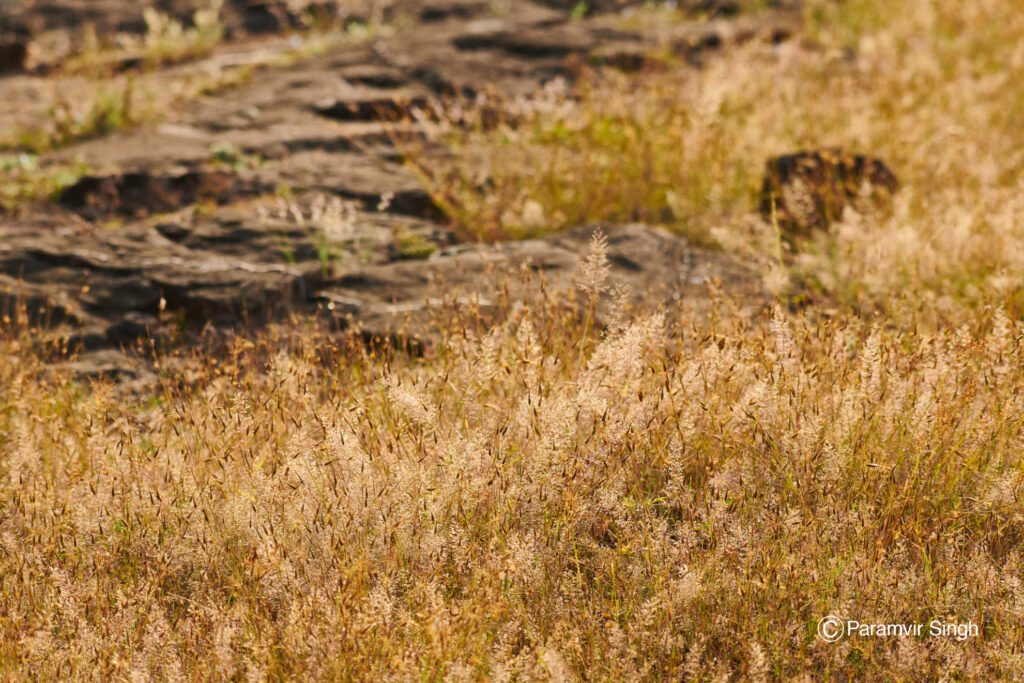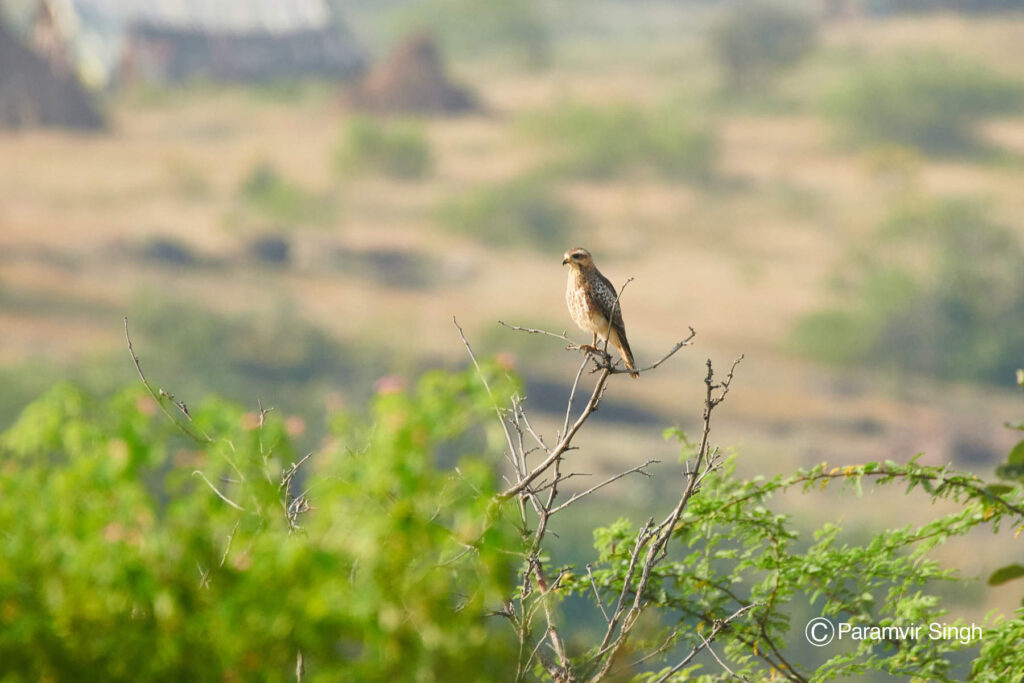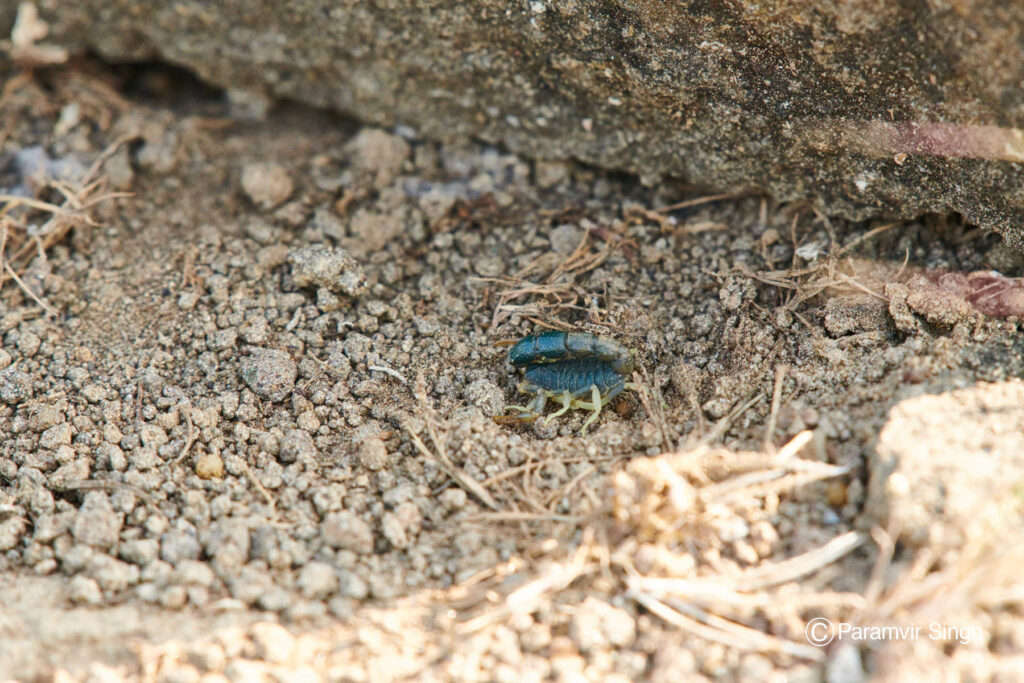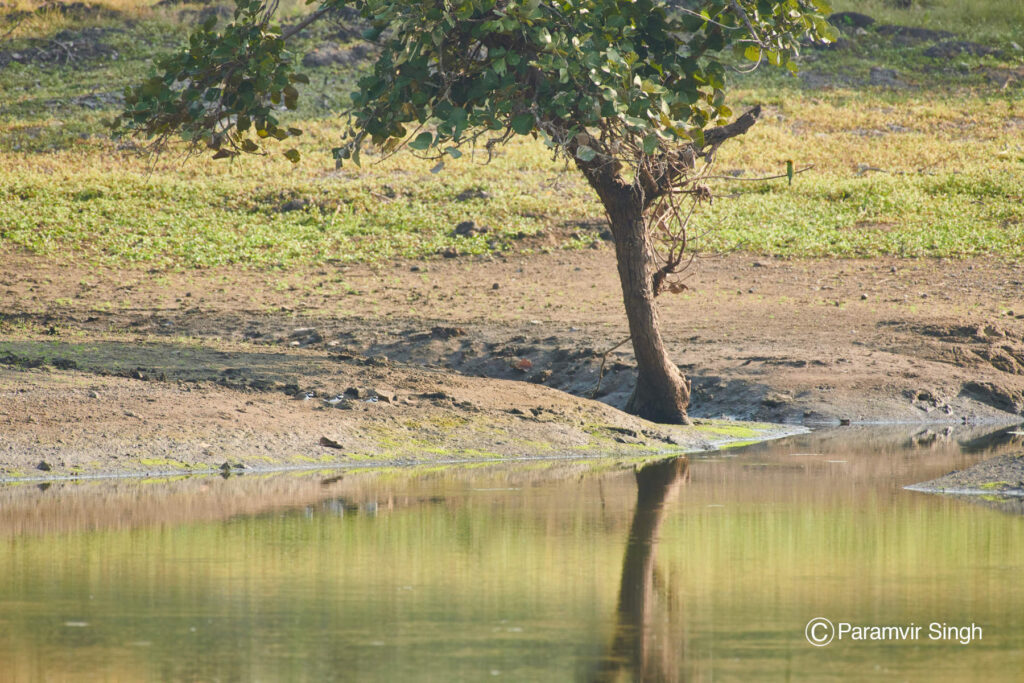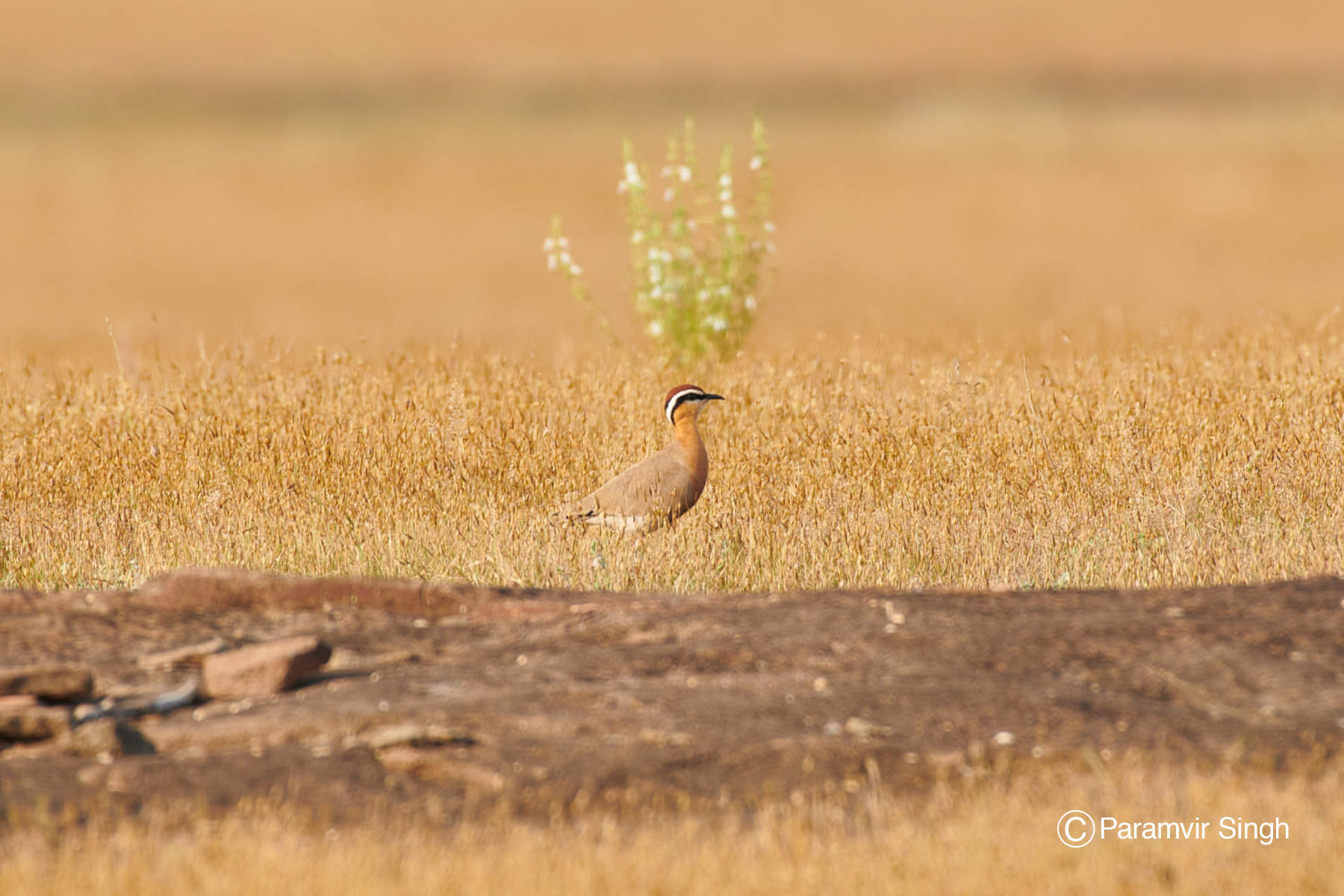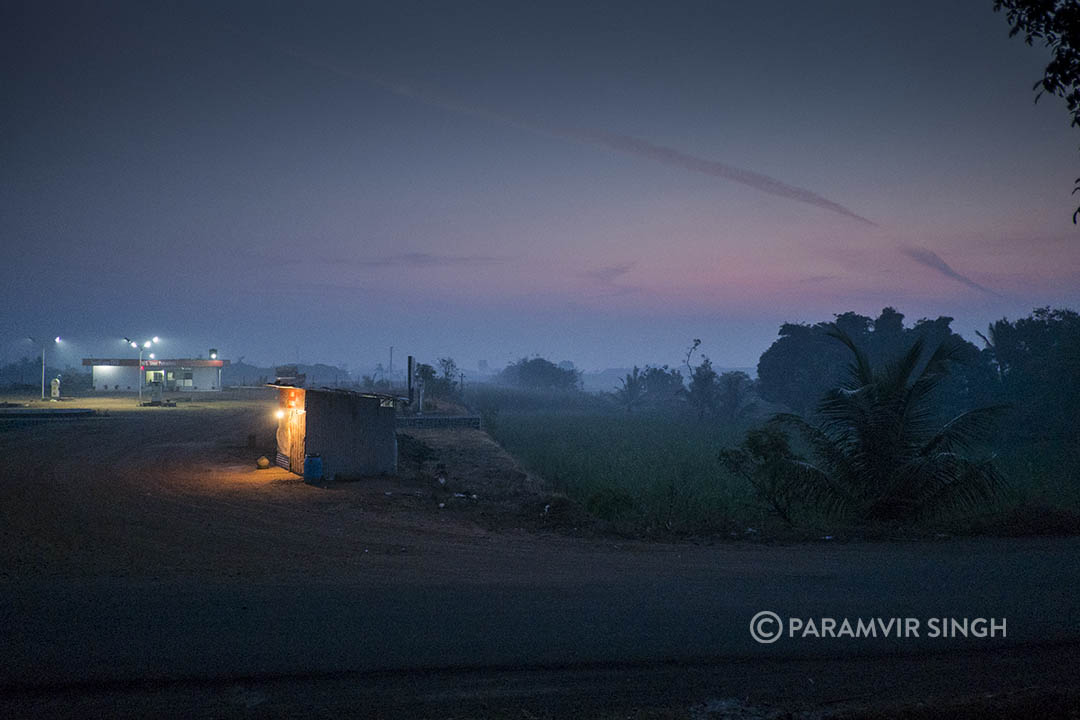When the wildlife protection laws of India were being written, grassland habitats were erroneously categorised as “wastelands”. Grasslands are anything but wastelands, and this is so apparent when you visit Mamdapur Blackbuck Conservation Reserve.
Situated about 110km from Nashik city, or 35km from Manmad Railway Station, Mamdapur is a small 54.5 sq km or so of beautiful undulating grasslands rich in bio-diversity.
We stayed at the Forest Department run dormitory which was fairly clean. The caretaker made some delicious meals for us. Go for at least a three night trip. The mornings and eveninsg are best for sightings. Days can be spent lazing around. If interested, I can share the number of Pramod, the right person to book your stay and take you around.
Notified as a conservation reserve only recently in 2014, Mamdapur has a healthy population of Blackbucks. It is also host to migrating Pallid Harriers, Montagu’s Harriers and many other species. In the right season (winters, December-January) one can see many many of these beautiful raptors which breed in Europe and Central Asia.
Although famous for its Blackbucks, of which Mamdapur Conservation Reserve has two subspecies, the Antilope cervicapra and the Antilope rajputana, this little oasis of a conservation reserve is also home to the Indian Grey Wolf, Bengal Fox, Golden Jackal, Neelgai, Indian Striped Hyena, Porcupines, Mongoose, Black Naped Hare, Desert Cat, Jungle cat etc. In 2020 there was a sighting of a Caracal in a camera trap around 12 km from Mamdapur.
Bird species include, apart from the migrating Pallid and Montagu’s Harriers, the Short Eared Owl, Indian Courser, Short Toed Snake Eagle, Black Shouldered Kite, Jacobian Cuckoo, Indian Courser, Yellow Wattled Lapwings, Red Wattled Lamwings, Black Winged Stilts etc. Many species of lizards, spiders, scorpions etc can be found, including Monitor Lizards, Fan Throated Lizards (three sub species), Snake Eyed Lizard, Jerdon’s Lizard, Termite Hill Gecko, Leopard Gecko etc. If interested in spiders, look for Black Widow, Huntsman, Wolf Spider, and the Camel Spider, an interesting arachnid falling under the Order Solifugae, which is neither a scorpion, nor a spider.
These fabulous grasslands also wear a different look when the rains strike, the golden grasses turning into a rich hue, with hundreds (maybe thousands?) of wildflower species blooming, and a rich variety of insects take over.
Who said grasslands are wastelands?
